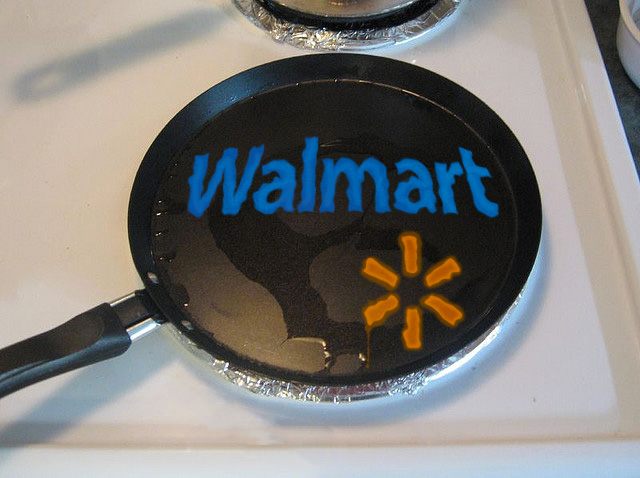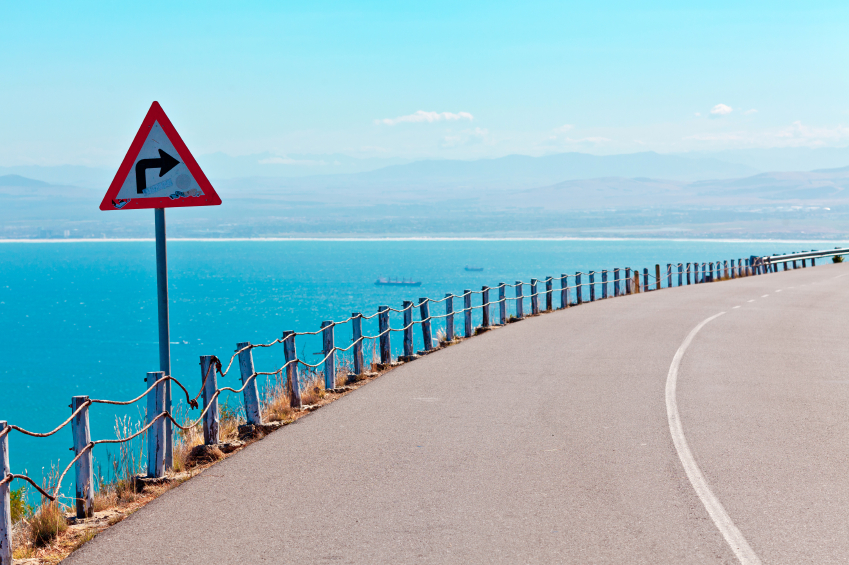In mid-November, I was in San Francisco for the Greenbuild conference and a series of events related to clean economy policies on the West Coast. One of the most significant was a meeting of representatives from the leaders of California, Oregon, Washington, and British Columbia — scientists and advocates addressing climate change risks and infrastructure decisions. To the best of my knowledge, this was the first time a coalition of states had come together to seriously discuss how to handle infrastructure challenges and investments in a world facing increasingly extreme weather and rising sea levels.
The roundtable meeting had been in the works long before Superstorm Sandy, but the flooded New York subways, homes burned to the ground in the Bronx, and thousands of people still without electricity gave the session an even greater sense of importance.
Participants discussed the effects of a changing climate on infrastructure strategies, options for adaptation, and opportunities for funding the infrastructure of the future. The West Coast is slated to spend $1 trillion on infrastructure over the next 30 years. The big question: Will it be spent throwing good money after bad on ill-suited, outdated structures, or will it be invested in more resilient, climate-smart alternatives?
Smart infrastructure choices need to (a) move us toward lower-carbon energy and transportation systems and (b) be able to stand up to increasingly intense weather and temperatures, heightened risk of wildfire, and rising sea levels.
We talked about the inequities of our current system and our extreme dependence on fossil fuels. I found myself thinking about long lines at the gas stations in New Jersey and New York and the tragic absurdity of Sandy victims taking a second blow by being unable to access the very same fossil fuels that contributed to the disaster in the first place.
We discussed both “hard” infrastructure issues and the opportunities for restoring the functions of critical ecosystems such as wetlands, beaches, forests — so called “soft” infrastructure. Natural infrastructure can serve both to sequester carbon and to provide important buffers against flooding and fire.
That same week we hit other important milestones on the way to a clean economy. California launched its historic cap-and-trade program and began generating revenue from carbon-credit sales. The state governors and B.C. premier unveiled the West Coast Infrastructure Exchange, designed to create and develop innovative new methods to finance the climate-smart infrastructure of the future. And a new poll showed that voters in California, Oregon, and Washington strongly support expanded efforts to account for the costs of climate pollution and invest in clean energy sources.
The poll, conducted by Lake Research Partners, also found strong support for proposals to create jobs by investing in making homes and businesses more energy efficient and expanding investments in clean fuels, electric vehicles, bus rapid transit, and commuter rail. On the question of what to do with funds raised from pollution fees, more respondents wanted to spend the money on expanding clean energy sources than on deficit reduction.
The findings demonstrate that even in a tough economy, voters in the region prioritize making the transition to cleaner energy and tackling climate change. This defies the notion that Americans have little interest in investing in the future or innovating our way to a healthier economy.
Indeed, bold innovation with an eye toward the future has always been at the heart of America’s greatness. It’s what we’re really good at. We did it when we harnessed the power of oil beginning in 1859. We did it during the Industrial Revolution, when we innovated mass production. We did it in response to the Great Depression, when we built the Hoover Dam and the Golden Gate Bridge. And we did it when we harnessed the creativity of the space race to develop myriad new products and companies.
We can do it again now by building the clean, low-carbon, climate-resilient energy and transportation systems of the future. Infrastructure projects — even bold, innovative infrastructure projects — might not be sexy, but they will put Americans back to work and make our nation stronger and more secure.




